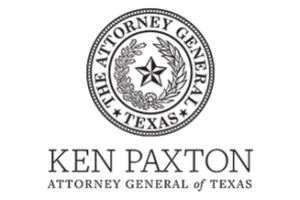June 14, 2017 – Predicting where accidents will happen.
According to a new study, cities may be able to predict where collisions are most likely to occur by collecting data on dangerous driving behaviors.

Cities across the country have signed onto the Vision Zero initiative, an ambitious program to eliminate roadway deaths completely. New York, Austin, Texas, Los Angeles and Denver all have pledged resources to pursue the ultimate goal of safer streets. These cities may have a new tool that can help predict where collisions are likely to take place.
San Francisco-based Zendrive, who has developed software that measures unsafe driving through smartphone sensors, partnered with New York University’s Tandon School of Engineering to compare hard braking and rapid acceleration habits and determine if there is a correlation to collision sites.
The study combined the more than four years of open data on vehicle crash sites gathered by the New York Police Department and ran it against 33,450 risky driving events collected by Zendrive.
Researchers found a 71 percent correlation between the crash sites and the examples of risky driver behavior. While it logically follows that areas with increased risky driving will correlate to areas with higher crash rates, the report demonstrates the predictive analytics opportunity for cities to focus on unsafe areas before collisions ever take place.
“With this level of insight, city leaders no longer have to wait for crashes and casualties to occur,” the report says. “They can use the data to figure out when and where to deploy interventions that will deter specific behaviors that would otherwise lead to collisions (and) focus resources on deterring the behaviors at the highest risk locations and at the most crash-prone days and times.”
The study also coupled risky driving behaviors with the reasons for the crash, according to the NYPD:
DANGEROUS DRIVING BEHAVIOR (ZENDRIVE) |
COLLISION TYPE (NYPD) |
| Fast Acceleration | Aggressive Driving/Road Rage |
| Hard Braking | Following Too Closely |
| Phone Use While Driving | Driver Inattention/Distraction |
| Speeding Above Speed Limit | Unsafe Speed |
“Whether you call this approach ‘proactive,’ ‘predictive,’ ‘upstream’ or ‘forecasting,’ it’s all about mitigating the most dangerous behaviors before they reach their typical outcomes,” reads a company blog post.














